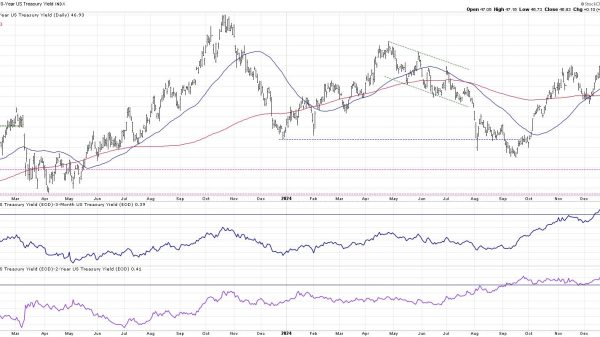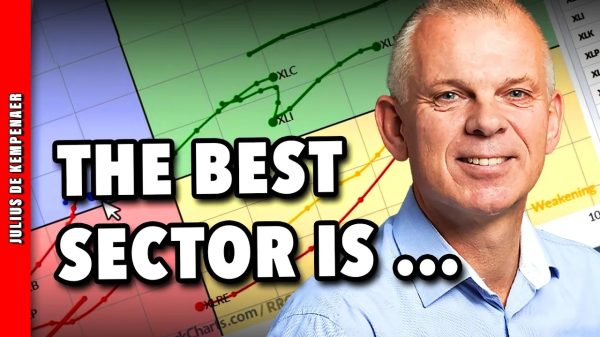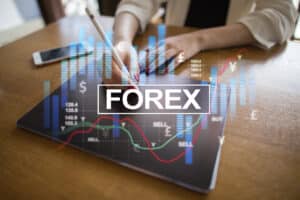The global economy has had a tumultuous year. Inflationary pressures have remained significant due to myriad factors making forex markets fascinating.
Investors must always be conscious of risk. A forex market with significant volatility has plenty of opportunity and risk. Strategies like stop loss and take profit are vital in balancing the risk involved. Therefore, a trader must always have their guard up because forex markets require a level of consistency, even when the markets turn against you.
As individuals look for alternative sources of income to manage high inflation and post-covid workplace disruptions, forex trading is worth a look. This market relies on indicators from the economic performance of respective national economies. Collectively, these indicators influence market sentiment.
Analyzing Market Sentiment
The two broad descriptions of describing someone’s outlook are optimistic or pessimistic. Market sentiment captures the cumulative optimism or pessimism of investors. It is a general way of capturing the prevailing feeling of market participants. Market sentiment can provide persuasive evidence on particular trends, allowing analysts to pinpoint how long they can carry on.
One of the key factors for forex markets is interest rate changes. The Federal Reserve has raised rates this year to levels higher than anything seen in over a decade. These hikes are because of the inflation rise in the past year. Low-interest rates had become the staple after the 2008 financial crisis to spur economic growth.
Should the Fed ease on the rate hikes as expected, this move should affect forex markets. The economic data from the next two quarters should indicate how the next year will pan out.
Therefore, the next interest rate changes through early next year will be the most fundamental indicator for Forex traders. The idea is to anticipate these changes for buy-and-hold traders. Those who carry out day trading must be more precise in making decisions.
Are There Reasons For A Bullish Sentiment On The Usd?
There are many robust predictions that the US economy could go into recession. Should economic stagnation happen during high inflation, it would lead to a phenomenon called stagflation. There is a likelihood that this event would cause the US Dollar to remain or even go higher. Such a scenario would be bad for equities markets but fine for forex traders who bet on the USD.
For the US Dollar, concerns about whether some countries like Saudi Arabia could dump the Dollar obviously affect markets. The Dollar benefits tremendously from its dominance of global trade. The oil trade is pegged on the USD, with some countries in the gulf expressing a possible desire to move to alternative systems. Such geopolitical realities are obviously on the radar of forex traders. Nonetheless, some prove to be a tool of geopolitical arm-twisting rather than actual threats to carry them out.
Further inflation could also mean investors flee to more stable currencies. The Japanese Yen and the US Dollar are some more stable currencies during such periods of high uncertainty in currency markets. For all the perils in the market, the US Dollar still remains a popular currency and can stay high even when the international or local economy is struggling.
The Fed is likely to extend its hawkish policy on interest rates. These factors combine for a potentially high dollar value in the short term. When the British pound crashed in September, the Dollar seemed like a beacon of stability in contrast.
Sentiment in FX Trading
Forex markets move rapidly and can be unpredictable. That said, getting a feel of investor sentiment can provide a general indication of where fellow investors are. There is some wisdom in a herd, which is true for forex markets. Such sentiment is more reliable than, say, cryptocurrency sentiment because it relies on national economic indicators. In addition to market sentiment, one should conduct additional research to appreciate various forex trading techniques and opportunities contributing to their decisions.
Read more:
Forex Market Sentiments: When Will Traders See a Change in Trend?























